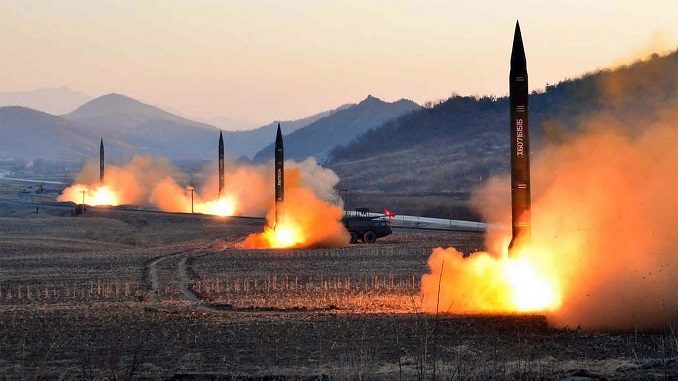
Renata Dwan, a director of the United Nations Institute for Disarmament Research (UNIDIR), said that the risk of nuclear weapons being used is at its highest since World War 2.
According to Reuters, Dwan also said that all states with nuclear weapons have nuclear modernization programs underway and the arms control landscape is changing, mostly due to strategic competition between the United States and China.
She was talking with reporters in Geneva, as she added that traditional arms control arrangements are also being eroded by the emergence of new types of war, with increasing prevalence of armed groups and private sector forces and new technologies that blurred the line between offense and defense, and that with disarmament talks stalemated for the past two decades, 122 countries have signed a treaty to ban nuclear weapons, partly out of frustration and partly out of a recognition of the risks.
“I think that it’s genuinely a call to recognize – and this has been somewhat missing in the media coverage of the issues – that the risks of nuclear war are particularly high now, and the risks of the nuclear weapons, for some of the factors I pointed out, are higher now that at any time since World War 2,’’ said Dwan.
The Treaty for the Prohibition of Nuclear Weapons was supported by the International Campaign to Abolish Nuclear Weapons (ICAN), which won the Nobel Peace Prize in 2017.
The treaty is mostly opposed by countries that have nuclear weapons including Russia and the United States. It has gained support from 23 countries and it needs 27 more ratifications for it to come into force.
Dwan added that the world should not ignore the threat coming from these weapons.
“How we think about that, and how we act on that risk and the management of that risk, seems to be a pretty significant and urgent question that isn’t reflected fully in the (U.N.) Security Council.’’

Be the first to comment